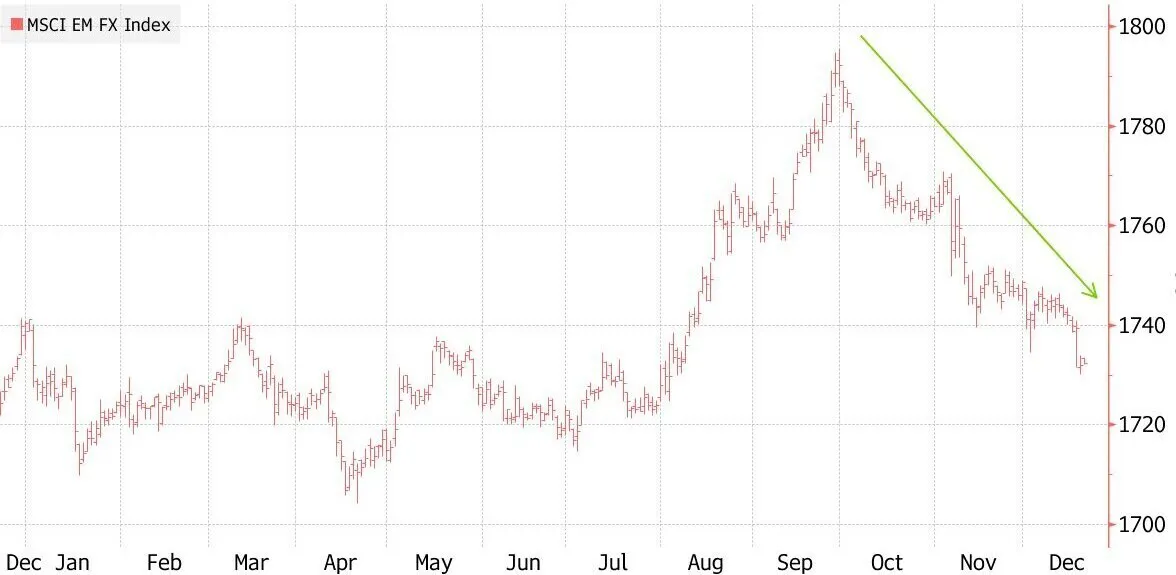Central banks of the emerging markets, from Brazil to South Asia, have been finding ways to offset a growing dollar.
According to a Bloomberg report, Gov. Eli Remolona said on Friday that the Philippine Central Bank was closely watching the peso drop and intervening in currency markets. Indonesia promised to defend the rupiah (IDR) to stabilize markets, while Brazil said it spent $14 billion last week to strengthen the real (BRL).
Developing economies are facing mounting pressure. India’s rupee and Brazil’s real reached all-time lows, and South Korea’s won tumbled to a 15-year low. A weakening currency can worsen inflation and raise the cost of servicing debt for those nations that depend on foreign borrowing.
Currency strategist Christopher Wong said fighting a strong dollar trend is tough, and “intervention in such an environment can only slow the pace of currency depreciation. Despite that, central banks may still have to use a mix of verbal and actual intervention tools”.
Emerging-market FX has faced a sharp quarterly decline

Since late September, the MSCI Emerging Markets Currency Index has dropped 3.3%, its sharpest quarterly decline in two years.
It has compounded the challenges with the U.S. Federal Reserve’s stance matching a more cautious approach. This will lead to fewer interest-rate cuts next year and increased concerns about inflation.
With a strong dollar, emerging market central banks are willing to take bold action to save their currencies from falling too far and stave off even wider economic damage. On Friday, South Korea said it will increase the limit banks can hold in forward contracts by 50% of its foreign currency reserves. The move is an effort to attract more money to enter the country to balance the currency market supply and demand. At the same time, China’s central bank intervened to prop up the yuan, setting its daily reference rate much higher than the market had been projecting.
A Step-By-Step System To Launching Your Web3 Career and Landing High-Paying Crypto Jobs in 90 Days.










